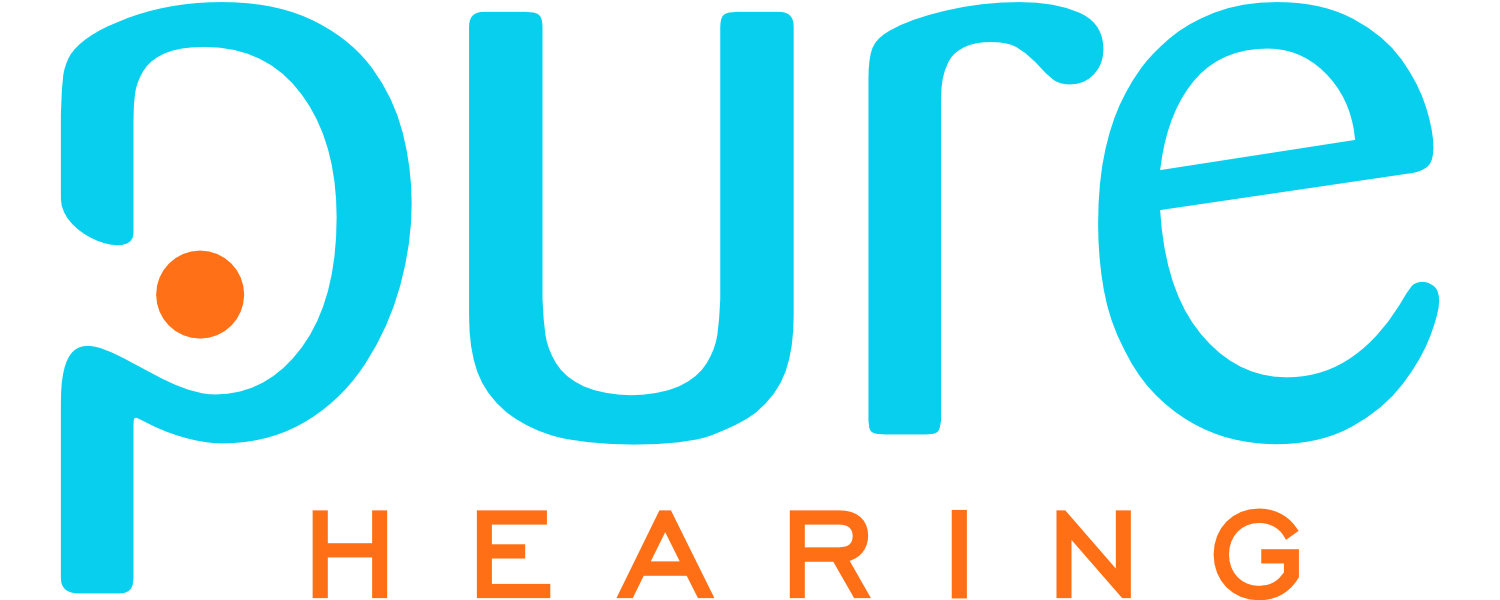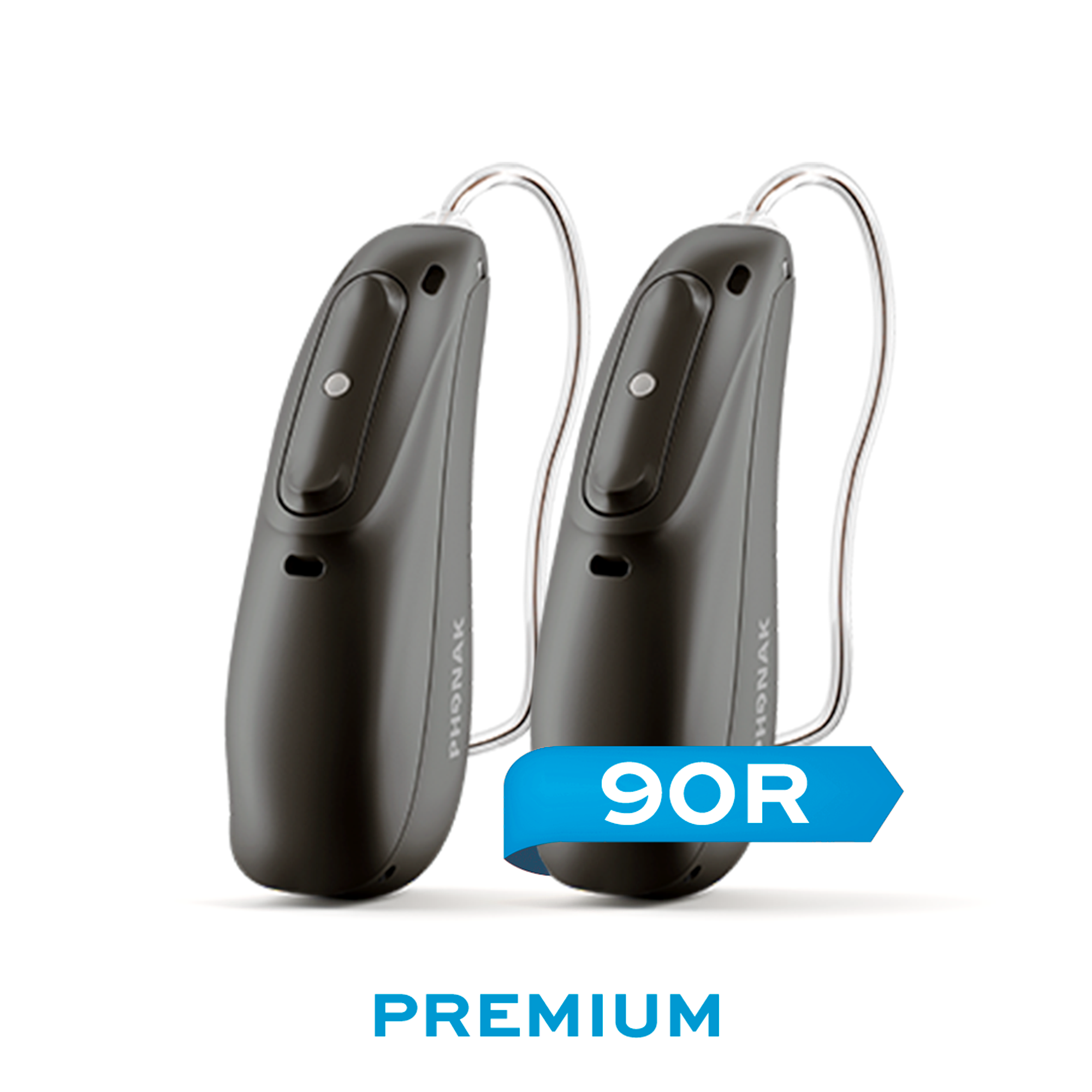
Hearing Aids
New Buyers Guide
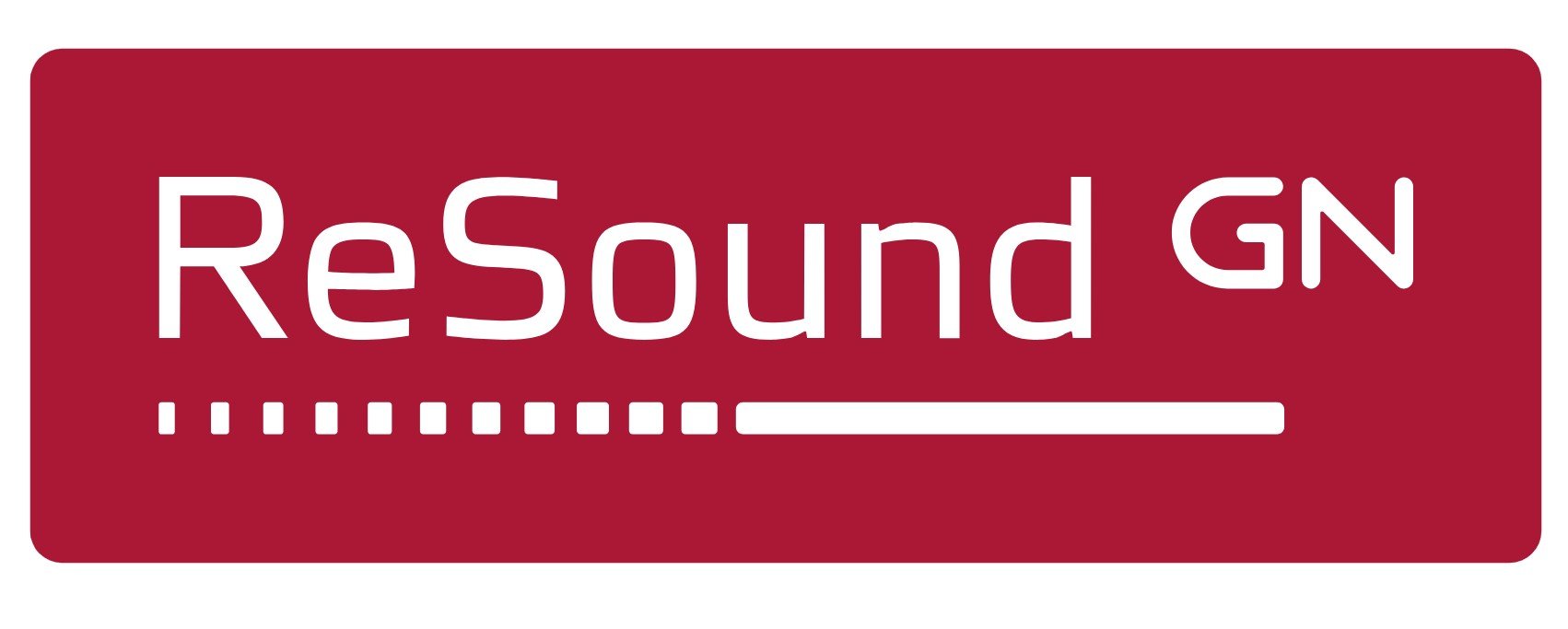
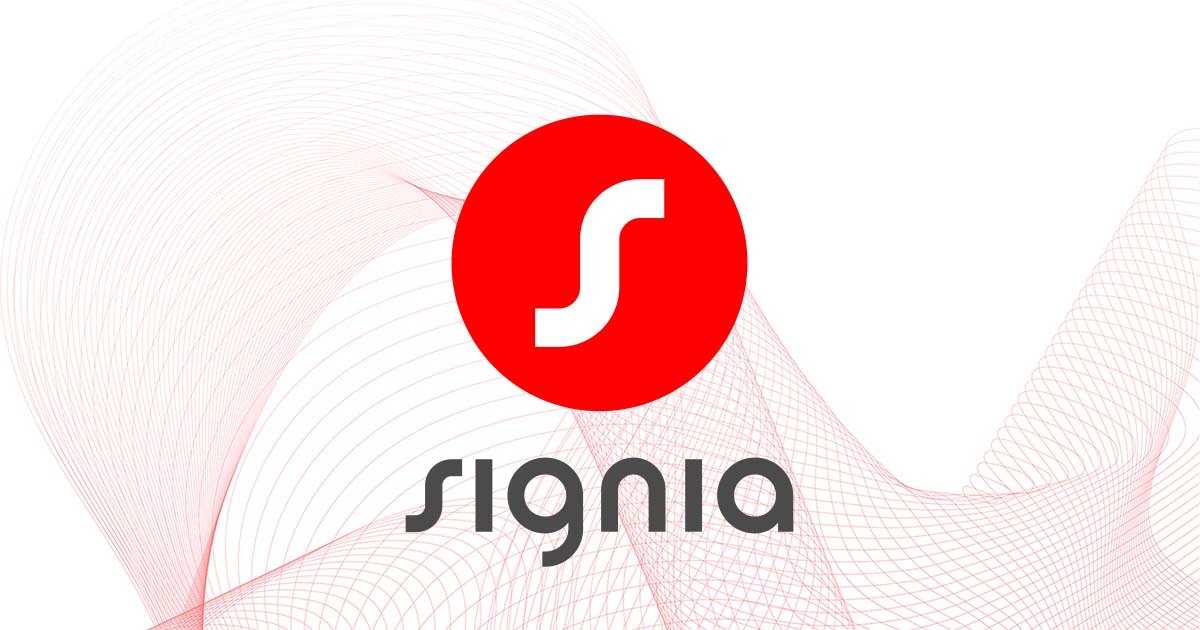
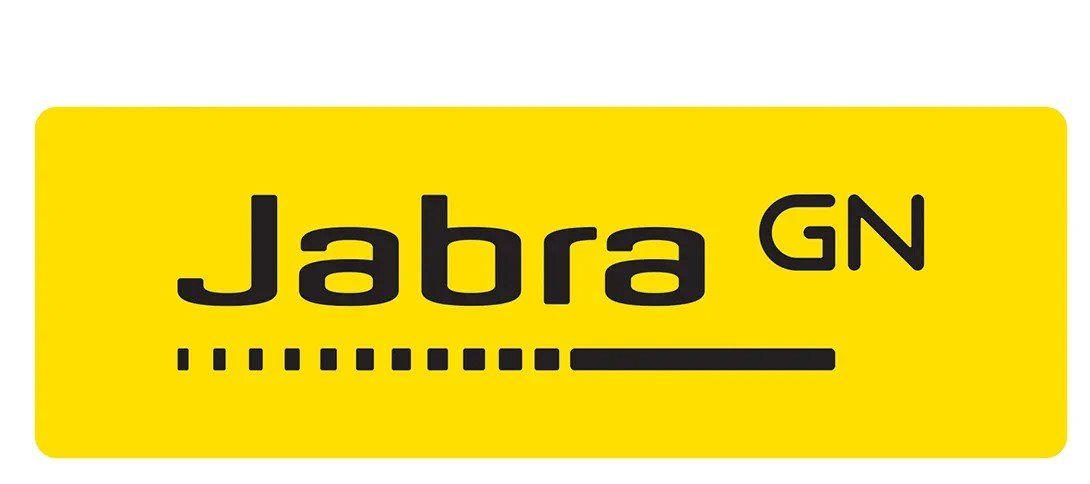
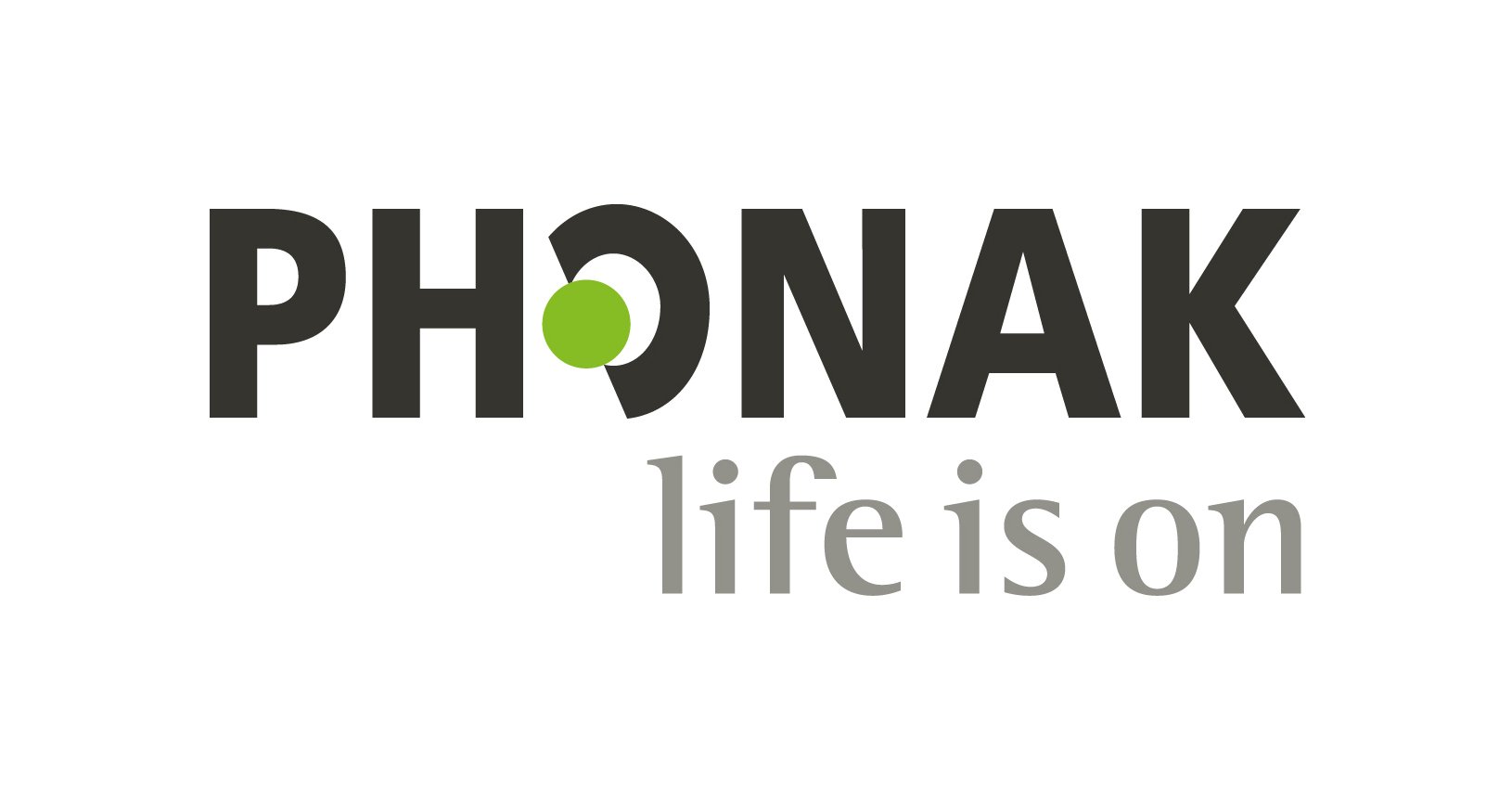
How to Buy Hearing Aids
A chill runs down your spine, hair on the back of your neck stands at attention, sweat forms on your brow, and your heartbeat rises to meet the challenge. Is it a masked killer, an alien encounter, or inlaws coming for dinner? No, you're trying to determine your insurance benefit for hearing aids, and it's enough to cause severe anxiety!
Typically you would call your insurance company, wait on hold, be transferred a couple of times, and then talk to someone who has no information on the specifics of your benefit. They don't know which hearing aids you can buy or how much they cost.
All they can do is look up the nearest hearing care provider and possibly set up an appointment. Then, after waiting for your appointment, traveling to their office, sitting through a hearing test, and listening to a lot of hot air, you finally figure out your options. We think this is dumb, so instead, we post everything so you know all your options in just a couple of clicks.
How Much Do Hearing Aids Cost?
Understanding Hearing Aid Makes and Models
To compare apples to apples, you first have to understand some basics about the hearing aids that each company offers. The two main things you need to know are:
The technology level of the hearing aid model.
The age of the hearing aid model.
To help simplify the different models, we give each model a code.
The first part of the code is the Technology Level:
A-Premium: This is the highest level offered and provides every possible benefit. If you have a mild loss, save money by choosing a lower level. However, if your hearing loss is moderate to profound and you are looking for every possible advantage, Premium is for you.
B-Advanced: Specializing in improvements in noisy environments, wind, crowds, parties, and restaurants, while maintaining a lower price than Premium helps make this level one of the best values. This level offers many of the most critical cutting-edge technologies in the Premium models.
C-Standard: Our most popular level because it's a perfect mix of advanced features and affordable prices. Its robust noise cancelation and speech enhancement features make it an excellent fit for every type of hearing loss. In addition, it provides rich sound, automatic environmental classification, and fantastic sound quality in most situations.
D-Essential: Using the same computer chips, batteries, and casings of the higher-end levels provides a significant step up from Basic. In addition, this level can accommodate any hearing loss, and you'll experience noise cancellation and sound directionality improvements.
E-Basic: Introductory features that significantly improve your hearing. An excellent first step into the world of hearing and is designed for those with mild-moderate hearing loss. Expect enhanced volume and customized frequency response but limited help in noise.
The second part of the code is the Age:
1-Current model (best option).
2-Previous model.
3-Older model.
So a hearing aid with an A1 code is the newest premium model (the best).
Jabra Enhace Plus & Phonak Audeo Lumity Review
Hearing aids have become an indispensable part of modern technology for individuals with hearing loss. However, with several hearing aid brands available, choosing the correct device that suits your needs can take time. This blog will compare two popular hearing aids: Jabra Enhance Plus and Phonak Audeo Lumity.
Jabra Enhance Plus and Phonak Audeo Lumity are both excellent hearing aids, depending on your needs. Let's closely examine each device's features and compare them.
Design and Comfort
The Jabra Enhance Plus has a sleek, modern design that fits snuggly in the bowl of your ear. In addition, it comes with soft ear tips in various sizes to suit almost anyone comfortably and securely. Moreover, they are clearly visible and intended to be seen appearing as regular earbuds. On the other hand, the Phonak Audeo Lumity has a discreet design (nearly invisible from the front) that fits comfortably behind the ear. Furthermore, its receiver-in-canal design ensures a comfortable and secure fit.
Overall, both hearing aids are designed to be comfortable for extended periods, but the Phonak Lumity wins out in the comfort contest. Fit properly; you almost forget you are wearing the Phonak Lumity hearing aids, which are comfortable all day. After four or five hours of use, you'll probably find yourself taking out the Jabra Enhance hearing aids to give your ears a break.
2. Sound Quality
The Jabra Enhance Plus features a high-definition receiver that delivers crystal clear sound, and its noise reduction technology helps reduce background noise. If you have mild to moderate hearing loss and intend to use amplification only occasionally, then it's a perfect fit. Phonak Audeo Lumity, on the other hand, has an advanced sound processing system that automatically adapts to various listening environments, delivering clearer and more natural sound quality. The Lumity hearing aids are designed for every type and degree of hearing loss.
In terms of sound quality, both devices offer impressive sound clarity and amplification, but the Phonak Audeo Lumity's advanced sound processing system adapts to different environments better than the Jabra Enhance Plus.
3. Features
The Jabra Enhance Plus has several features that make it stand out, including a dedicated app that allows users to customize their hearing experience. The app lets users adjust volume levels, modify sound profiles, and even access a virtual hearing test to personalize their hearing aids. The device also has Bluetooth connectivity, which allows users to stream audio from their phones. One key advantage is that you don't need a hearing test or even an office visit to purchase, adjust, or customize the Jabra Enhance Plus hearing aids to your specific needs.
The Phonak Audeo Lumity also has an intuitive app that allows great user control of the hearing aids, but they do require the first fitting to be done by a professional. Additionally, the professional can connect remotely to make adjustments without visiting the office. Advanced features such as AutoSense OS 4.0 automatically adjust to the user's listening environment and provide a clear and natural sound. The device also has Bluetooth connectivity, allowing users to stream audio from their devices and make hands-free phone calls.
Both devices offer valuable features that improve the overall hearing experience, but the Phonak Audeo Lumity's advanced sound features give them the edge over the Jabra Enhance Plus hearing aids.
4. Battery Life
The Jabra Enhance Plus has a battery life of up to 10 hours, while the Phonak Audeo Lumity can last up to 24 hours on a single charge. Both devices come with rechargeable batteries, and the Phonak Audeo Lumity also has a quick charging feature that provides up to six hours of use with just 30 minutes of charging.
In terms of battery life, the Phonak Audeo Lumity has a significant advantage over the Jabra Enhance Plus, with almost double the battery life and a quick charging feature.
Conclusion
Both Jabra Enhance Plus and Phonak Audeo Lumity are excellent hearing aids in their own right. The Jabra Enhance Plus is an excellent low-cost OTC hearing aid that does not require a hearing test before ordering. It has excellent sound quality and features designed specifically for someone with mild-moderate hearing loss. The Phonak Lumity is a premium hearing aid that perfectly accommodates all types and degrees of hearing loss. Its advanced features and sound processing are far superior to the Jabra Enahnce Plus aids but are more expensive. Ultimately, the choice between Jabra Enhance Plus and the Phonak Lumity depends more on your hearing loss and desired features. One doesn't replace the other; instead, they both masterfully accommodate different needs in their own unique way.
